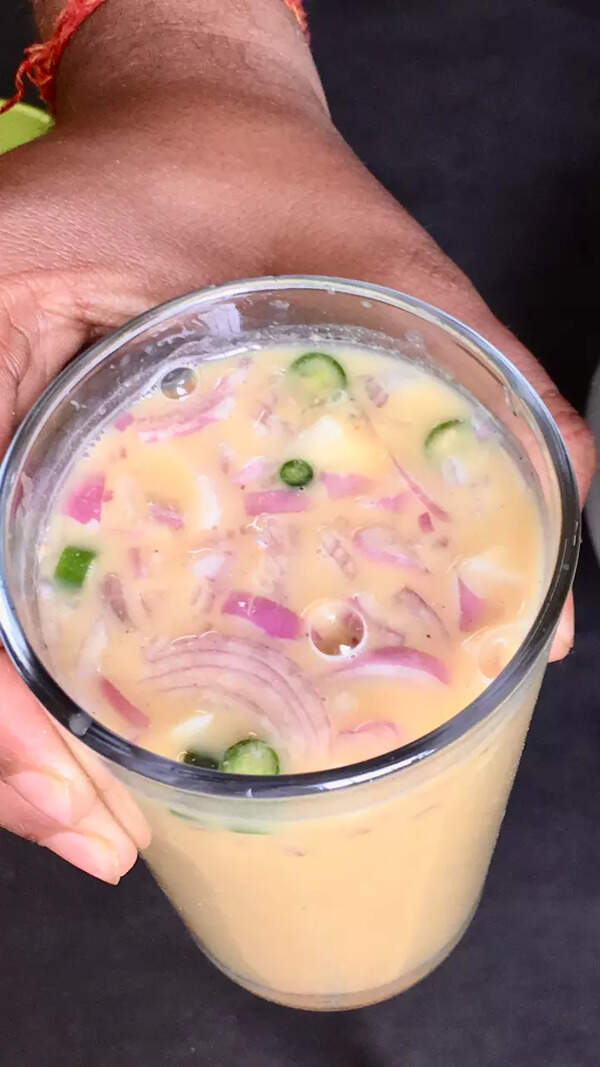- News
- entertainment
- events
- Bengali cuisine finds fresh expression
Bengali cuisine finds fresh expression
As Bengalis migrated to distant lands over the years due to a variety of reasons, they carried with them not just memories but also the flavours that defined their identity. A recent food pop-up at the Glenburn Penthouse by Chef Amrita Bhattacharya shone the spotlight on how these culinary traditions have evolved, and mingled with local ingredients, reshaping the idea of Bengali cuisine.
Food as a marker of belonging

The Buddha bowl consists of fermented Mandalay leaf salad, til shukto, aadar chutney, paka potol bhorta and avocado bhorta – a marker of western influence on Bengali food
As Amit Sen, Amrita’s husband observes, there are certain cultural markers for Bengali diasporic communities, such as fish markets. In Amritsar’s Bengali colony, kochur loti (taro stem) and potol (pointed gourd) now appear in local markets, while limited access to freshwater fish has led to innovations like shol machher mathar paturi. Across the Andamans, where many Bengalis once reliant on ilish and freshwater fish settled post-Partition, started adapting to seawater varieties.

Apple curry
Seasonal produce has shaped diasporic Bengali cuisine as well. In Punjab, pudina and aloo make a shukto-like curry, while apple curry (above) is a result of culinary exchange between high-ranking Bengali officers in Lucknow, and the city’s inherent Awadhi influence. “We make payesh with gobindobhog rice, but in Punjab, they use basmati. In the Andamans, 8 number rice is used,” says Amrita.

Mofeto and Matkom tiki
Quotes:

Amrita & Amit with their son Tiyash Sen
We hold on to taste to hold on to our home. Even when ingredients change, we let our memories influence our food habits– Amrita Bhattacharya, chef & food researcher
Things like fish markets are a symbol of home in a new land. Food remains at the centre of this new livelihood, as a marker of the community– Amit Sen, filmmaker
End of Article
Follow Us On Social Media
Visual Stories
Tired of too many ads?go ad free now









